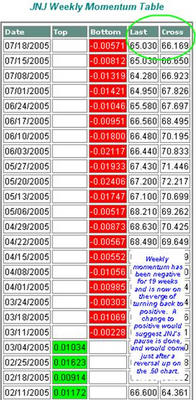Opportunity becomes apparent as you toggle between periodicities; apparent in one, not so apparent in the other. Consider these two charts of Dominos Pizza/DPZ. The first chart is the weekly basis, the second chart, the daily basis. Note that, whereas...

*the cup & handle pattern (#1) is readily apparent in the weekly basis chart, it is less so in the daily basis. (In fact, the pattern fails to abide strictly to the rules for either time basis, although the weekly basis is close.)
*the ascending triangle (#2), so obvious basis the daily is less so basis the weekly. The ascending triangle setup is powerfully bullish, and counts to ~$27-30 after the breakout.
So many different moments set up as moments to buy:
1) The breakout with explosive volume on 10 May from the cup & handle;
2) The retracement toward the breakout level and the 50 day sma on 7 June;
3) The upcoming breakout from the ascending triangle at ~$23.
The stock is being pressured upwards in price:
* note the buyers' impatience, as their purchases are ever higher;
* note the sellers' patience, as their sales remain mostly at the ~$23 high
* the rising 50 day sma, now well into the short term base;
* this particular pattern quickly runs out of time.
I expect a large move in either direction will occur soon. I believe that move will be up -- in fact, I have purchased shares in anticipation of the breakout. Watch for a move above $23, especially a gap over that hurdle.












































































































